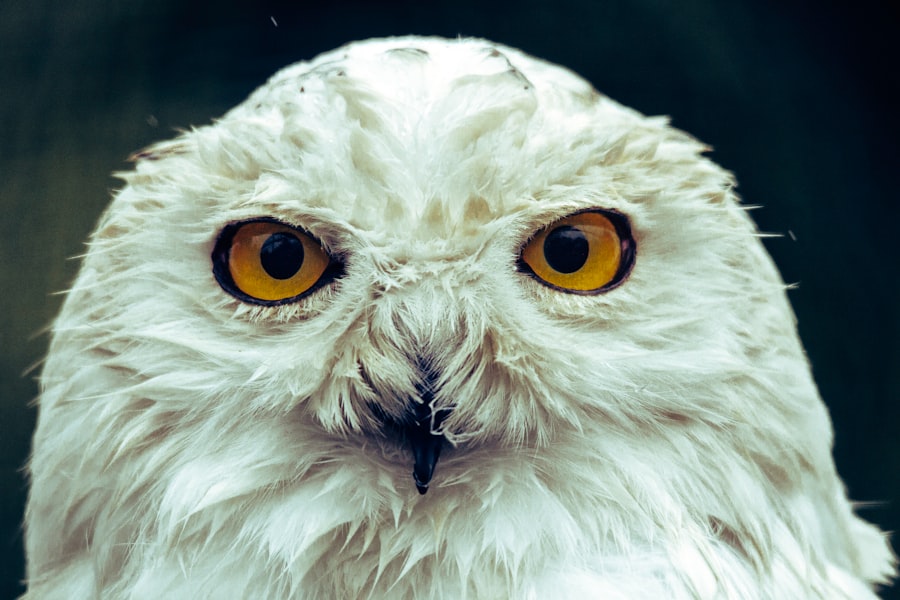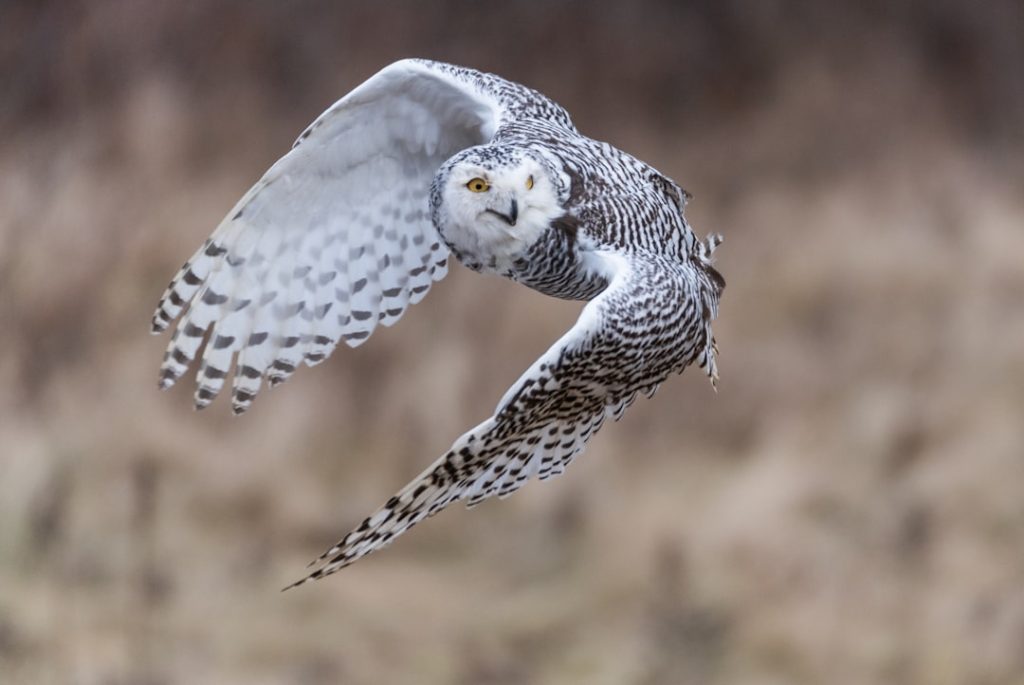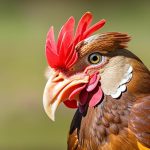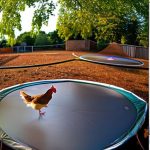Hawks are birds of prey renowned for their sharp talons, exceptional eyesight, and swift hunting abilities. These skilled predators primarily target small mammals and birds, posing a significant threat to backyard chickens. Hawks employ stealthy hunting tactics, often swooping down from above to catch their prey by surprise.
They are opportunistic hunters, readily seizing any chance to secure a meal. Understanding hawk behavior is crucial for chicken owners to effectively protect their flocks. Hawks are diurnal hunters, being most active during daylight hours.
Their excellent vision allows them to spot potential prey from high altitudes. Once a target is identified, hawks descend at high speeds to capture it. These birds are also territorial, frequently patrolling and defending their hunting grounds from other predators and competitors.
Recognizing hawk behavior can help chicken owners anticipate and prevent potential attacks on their flocks. By observing signs of hawk activity in the area, such as frequent sightings or vocalizations, chicken owners can implement proactive measures to safeguard their chickens from these aerial predators.
Table of Contents
- 1 Creating a secure coop and run: Tips for protecting your chickens
- 2 Deterrent tactics: Scare tactics and visual deterrents
- 3 Implementing predator-proof fencing: Keeping hawks out
- 4 Providing safe hiding spots: Natural cover and shelter for your chickens
- 5 Utilizing sound deterrents: Noise-based methods to keep hawks away
- 6 Seeking professional help: Consulting with experts for additional advice
- 7 FAQs
- 7.1 What are some effective methods for keeping hawks away from chickens?
- 7.2 Are there any natural predators of hawks that can help keep them away from chickens?
- 7.3 What are some signs that hawks are targeting my chickens?
- 7.4 Are there any legal methods for deterring hawks from chickens?
- 7.5 What should I do if a hawk attacks my chickens?
Key Takeaways
- Hawks are a threat to chickens and can exhibit predatory behavior
- Secure coops and runs are essential for protecting chickens from hawks
- Scare tactics and visual deterrents can help keep hawks away from your chickens
- Predator-proof fencing is crucial for keeping hawks out of chicken areas
- Natural cover and shelter provide safe hiding spots for chickens to avoid hawks
Creating a secure coop and run: Tips for protecting your chickens
Secure Coop and Run
One of the most effective ways to protect chickens from hawk attacks is by creating a secure coop and run. The coop should be constructed with sturdy materials and have a secure locking mechanism to prevent hawks from gaining access to the chickens. Additionally, the run should be covered with a strong wire mesh or netting to provide overhead protection.
Preventing Overcrowding
It’s also important to consider the size of the coop and run in relation to the number of chickens being kept. Overcrowding can make it easier for hawks to target and catch individual chickens. Providing ample space for the chickens to move around freely can help reduce the risk of hawk attacks.
Creating a Safe Environment
Adding roosting bars and hiding spots within the coop and run can give chickens a safe place to escape from potential predators. By creating a secure and comfortable environment for the chickens, chicken owners can minimize the risk of hawk attacks and ensure the safety of their flock.
Deterrent tactics: Scare tactics and visual deterrents

Implementing scare tactics and visual deterrents can help deter hawks from targeting chickens. One effective method is to use scarecrows or decoy predators, such as plastic owls or hawks, to create the illusion of a threat in the area. Placing these decoys in and around the coop and run can help deter hawks from approaching.
Additionally, hanging shiny objects, such as CDs or aluminum foil strips, can create flashes of light that may startle and deter hawks. Another effective deterrent is the use of motion-activated devices that emit loud noises or flashes of light when triggered. These devices can startle hawks and discourage them from approaching the area.
It’s important to regularly move and change the placement of these deterrents to prevent hawks from becoming accustomed to them. By utilizing scare tactics and visual deterrents, chicken owners can create an environment that is less appealing to hawks and reduce the risk of attacks on their flock.
Implementing predator-proof fencing: Keeping hawks out
Installing predator-proof fencing around the coop and run is essential for keeping hawks out. The fencing should be at least 6 feet tall and made of sturdy materials, such as hardware cloth or welded wire mesh, to prevent hawks from gaining access. It’s important to bury the bottom of the fence at least 12 inches underground to prevent hawks from digging underneath it.
Additionally, adding a roof or overhead netting to the fencing can provide extra protection from aerial attacks. This will create a secure enclosure that prevents hawks from swooping down and snatching chickens from above. Regularly inspecting the fencing for any signs of wear or damage is important for maintaining its effectiveness.
By implementing predator-proof fencing, chicken owners can create a secure barrier that effectively keeps hawks out and protects their flock.
Providing safe hiding spots: Natural cover and shelter for your chickens
Creating safe hiding spots within the coop and run can provide chickens with additional protection from hawk attacks. Planting shrubs, bushes, and trees around the perimeter of the coop and run can provide natural cover and shelter for the chickens. This vegetation can create visual barriers that make it more difficult for hawks to spot and target individual chickens.
Adding structures such as wooden pallets, overturned crates, or small shelters within the run can also provide chickens with safe hiding spots. These structures can give chickens a place to escape to if they sense danger from overhead predators. It’s important to regularly trim and maintain the vegetation around the coop and run to prevent it from becoming overgrown and creating hiding spots for potential predators.
By providing safe hiding spots, chicken owners can give their flock additional protection from hawk attacks and create a more secure environment for their chickens.
Utilizing sound deterrents: Noise-based methods to keep hawks away

Motion-Activated Devices
Installing motion-activated devices that emit loud noises, such as distress calls of birds or predator calls, can startle hawks and discourage them from approaching the area. It’s essential to regularly change the type of sounds emitted by these devices to prevent hawks from becoming accustomed to them.
Wind Chimes and Bells
Another sound-based deterrent is the use of wind chimes or bells placed around the perimeter of the coop and run. The sound of these objects can create a constant noise that may deter hawks from approaching.
Recorded Predator Sounds
Additionally, playing recorded sounds of larger predators, such as coyotes or foxes, can create the illusion of a threat in the area and discourage hawks from targeting chickens.
By utilizing sound deterrents, chicken owners can create an environment that is less appealing to hawks and reduce the risk of attacks on their flock.
Seeking professional help: Consulting with experts for additional advice
In some cases, seeking professional help may be necessary to effectively protect chickens from hawk attacks. Consulting with wildlife experts or bird control specialists can provide valuable insight and advice on how to deter hawks from targeting chickens. These professionals can assess the specific risks in the area and recommend tailored solutions for protecting the flock.
Additionally, reaching out to local poultry associations or experienced chicken owners can provide valuable knowledge and advice on dealing with hawk threats. These individuals may have firsthand experience with implementing effective deterrents and protective measures against hawks. By seeking professional help and consulting with experts, chicken owners can gain valuable knowledge and guidance on how to best protect their flock from hawk attacks.
In conclusion, understanding the behavior of hawks is crucial for effectively protecting chickens from potential attacks. By creating a secure coop and run, implementing deterrent tactics, installing predator-proof fencing, providing safe hiding spots, utilizing sound deterrents, and seeking professional help, chicken owners can minimize the risk of hawk attacks and ensure the safety of their flock. With proactive measures in place, chicken owners can create a secure environment that deters hawks and provides their chickens with the protection they need.
If you’re looking for ways to protect your chickens from predators like hawks, you may also be interested in learning about large chicken coop ideas. Check out this article on poultrywizard.com for tips on creating a secure and spacious coop for your feathered friends.
FAQs
What are some effective methods for keeping hawks away from chickens?
Some effective methods for keeping hawks away from chickens include using visual deterrents such as reflective tape or scarecrows, providing overhead cover for the chickens, and using netting or wire mesh to create a physical barrier.
Are there any natural predators of hawks that can help keep them away from chickens?
Some natural predators of hawks include larger birds of prey such as eagles and owls. Encouraging the presence of these natural predators in the area can help deter hawks from targeting chickens.
What are some signs that hawks are targeting my chickens?
Signs that hawks are targeting your chickens include frequent sightings of hawks in the vicinity of your chicken coop, missing or injured chickens, and feathers or other signs of a struggle near the coop.
Are there any legal methods for deterring hawks from chickens?
In the United States, hawks are protected under the Migratory Bird Treaty Act, which means that it is illegal to harm or kill them without a permit. However, there are legal and non-lethal methods for deterring hawks from chickens, such as using visual deterrents and providing overhead cover.
What should I do if a hawk attacks my chickens?
If a hawk attacks your chickens, it is important to act quickly to protect your flock. You can try to scare the hawk away by making loud noises or using a water hose. It is also important to check on the injured chickens and provide any necessary medical care.
Meet Walter, the feathered-friend fanatic of Florida! Nestled in the sunshine state, Walter struts through life with his feathered companions, clucking his way to happiness. With a coop that’s fancier than a five-star hotel, he’s the Don Juan of the chicken world. When he’s not teaching his hens to do the cha-cha, you’ll find him in a heated debate with his prized rooster, Sir Clucks-a-Lot. Walter’s poultry passion is no yolk; he’s the sunny-side-up guy you never knew you needed in your flock of friends!







